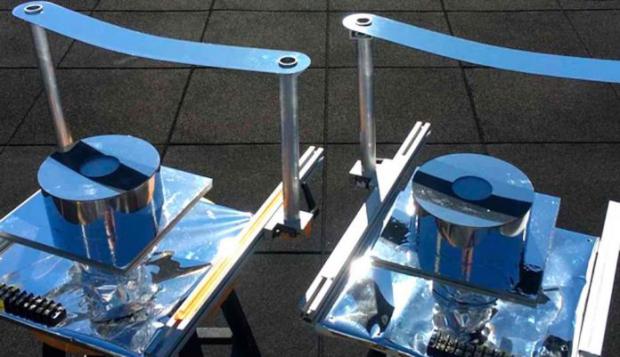
Breaking News
 Gavin Newsom Doubles Down on Woke: 'I Want to See Trans Kids' (VIDEO)
Gavin Newsom Doubles Down on Woke: 'I Want to See Trans Kids' (VIDEO)
 CFTC Opens Door for Spot Bitcoin and Crypto Trading in U.S. Markets
CFTC Opens Door for Spot Bitcoin and Crypto Trading in U.S. Markets
 Delivery Theft And Scams Are Reshaping Holiday Shopping Decisions In 2025
Delivery Theft And Scams Are Reshaping Holiday Shopping Decisions In 2025
 Green Rush Reloaded: Pot Stocks Soar On Trump Push For Rescheduling
Green Rush Reloaded: Pot Stocks Soar On Trump Push For Rescheduling
Top Tech News
 Build a Greenhouse HEATER that Lasts 10-15 DAYS!
Build a Greenhouse HEATER that Lasts 10-15 DAYS!
 Look at the genius idea he came up with using this tank that nobody wanted
Look at the genius idea he came up with using this tank that nobody wanted
 Latest Comet 3I Atlas Anomolies Like the Impossible 600,000 Mile Long Sunward Tail
Latest Comet 3I Atlas Anomolies Like the Impossible 600,000 Mile Long Sunward Tail
 Tesla Just Opened Its Biggest Supercharger Station Ever--And It's Powered By Solar And Batteries
Tesla Just Opened Its Biggest Supercharger Station Ever--And It's Powered By Solar And Batteries
 Your body already knows how to regrow limbs. We just haven't figured out how to turn it on yet.
Your body already knows how to regrow limbs. We just haven't figured out how to turn it on yet.
 We've wiretapped the gut-brain hotline to decode signals driving disease
We've wiretapped the gut-brain hotline to decode signals driving disease
 3D-printable concrete alternative hardens in three days, not four weeks
3D-printable concrete alternative hardens in three days, not four weeks
 Could satellite-beaming planes and airships make SpaceX's Starlink obsolete?
Could satellite-beaming planes and airships make SpaceX's Starlink obsolete?
These Cheap Little Refrigerators Can Provide Cooling Without Needing Any Kind of Power

A new way to provide cooling without power
Device developed at MIT could provide refrigeration for off-grid locations.
MIT researchers have devised a new way of providing cooling on a hot sunny day, using inexpensive materials and requiring no fossil fuel-generated power.
The passive system, which is primarily being hailed as a way to preserve food and medications in hot off-grid locations, is essentially a high-tech version of a parasol.
The system allows emission of heat at mid-infrared range of light that can pass straight out through the atmosphere and radiate into the cold of outer space, punching right through the gases that act like a greenhouse. To prevent heating in the direct sunlight, a small strip of metal suspended above the device blocks the sun's direct rays.
The new system is described this week in the journal Nature Communications. In theory, the system they designed could provide cooling of as much as 20º Celsius (36º Fahrenheit) below the ambient temperature in a location like Boston, the researchers say. So far, in their initial proof-of-concept testing, they have achieved a cooling of 6º C (about 11º F). For applications that require even more cooling, the remainder could be achieved through conventional refrigeration systems or thermoelectric cooling.
Other groups have attempted to design passive cooling systems that radiate heat in the form of mid-infrared wavelengths of light, but these systems have been based on complex engineered photonic devices that can be expensive to make and not readily available for widespread use, the researchers say. The devices are complex because they are designed to reflect all wavelengths of sunlight almost perfectly, and only to emit radiation in the mid-infrared range, for the most part. That combination of selective reflectivity and emissivity requires a multilayer material where the thicknesses of the layers are controlled to nanometer precision.

 First totally synthetic human brain model has been realized
First totally synthetic human brain model has been realized Mach-23 potato gun to shoot satellites into space
Mach-23 potato gun to shoot satellites into space

